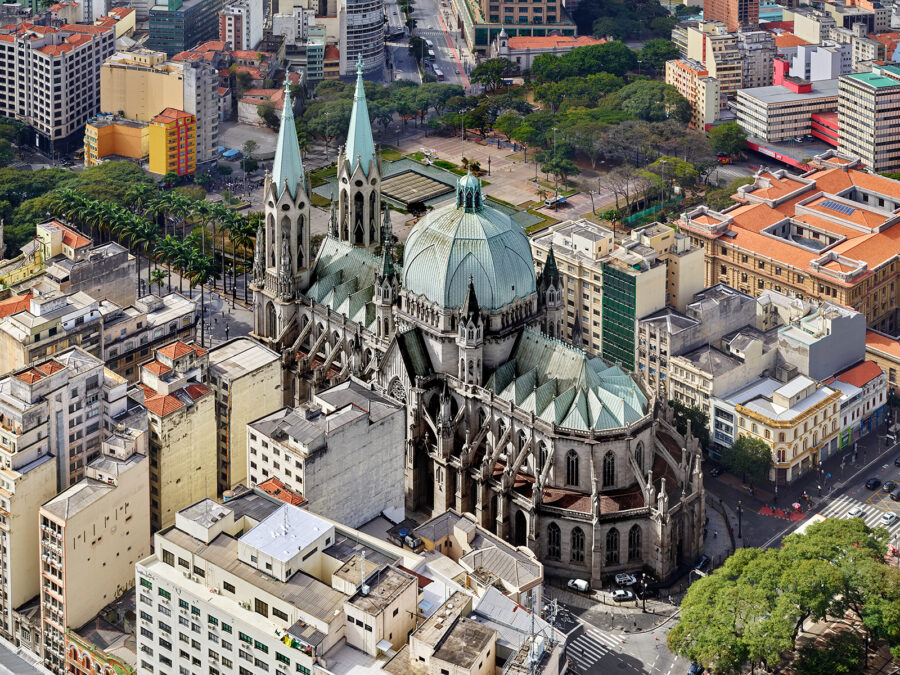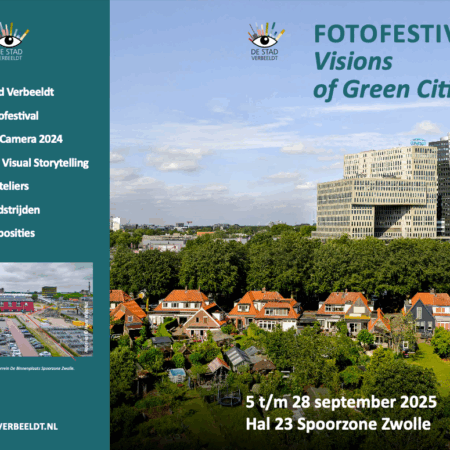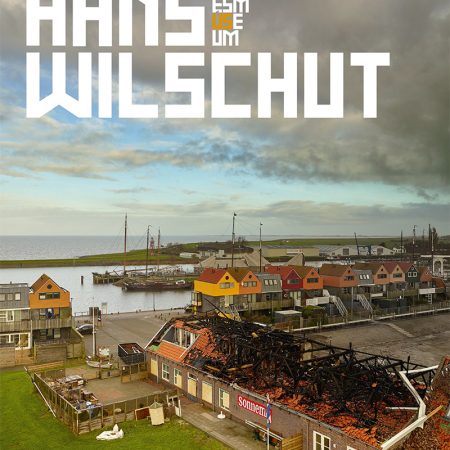Sé

São Paulo
2024
archival print/dibond/white frame
44-59 inches, (edition 5 + 2 a.p.)
Praça da Sé, located in the historic heart of São Paulo, is known as a place of striking social contrasts. While the cathedral and the surrounding square symbolize the city’s history and cultural identity, Praça da Sé also reflects some of São Paulo’s most complex social issues. The square serves as a refuge for people struggling with extreme poverty, addiction, and mental health challenges. This phenomenon mirrors the broader inequalities in São Paulo, where the gap between rich and poor is exceptionally wide. The proximity of social aid organizations and religious institutions makes Praça da Sé a gathering place for the homeless, who come in search of support such as food, shelter, or medical care.
The origins of the Cathedral of Sé date back to 1591, when a modest parish church was built on the site where the square now stands. This church symbolized the growing city during the colonial period. In 1913, it was decided to replace the old church entirely with a new cathedral. The design, created by German architect Maximilian Emil Hehl, was inaugurated in 1954 to celebrate São Paulo’s 400th anniversary. Inspired by the European Neo-Gothic style, the cathedral also incorporates unique Brazilian elements, such as decorations featuring native plant motifs and animals, including pineapples and sloths, intricately woven into the interior details.


